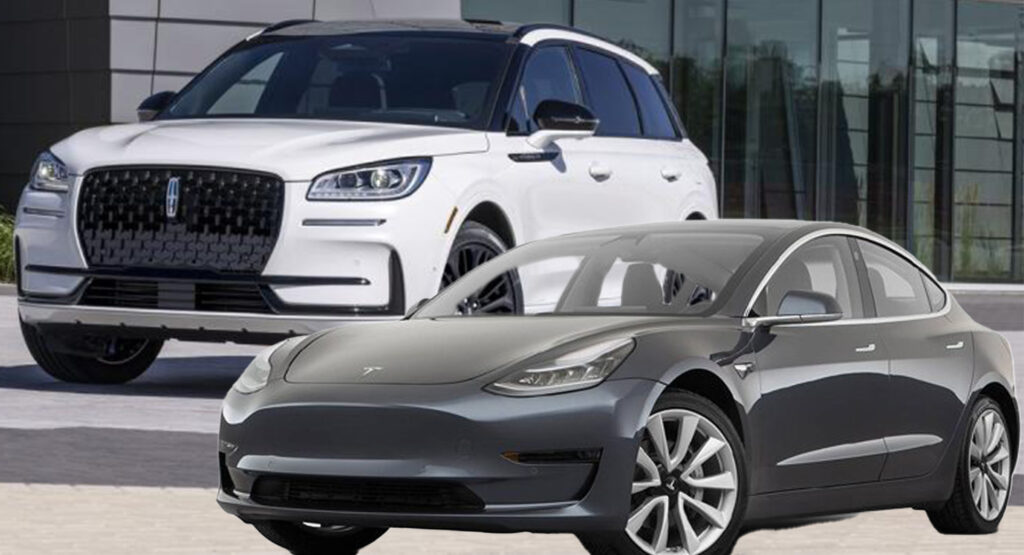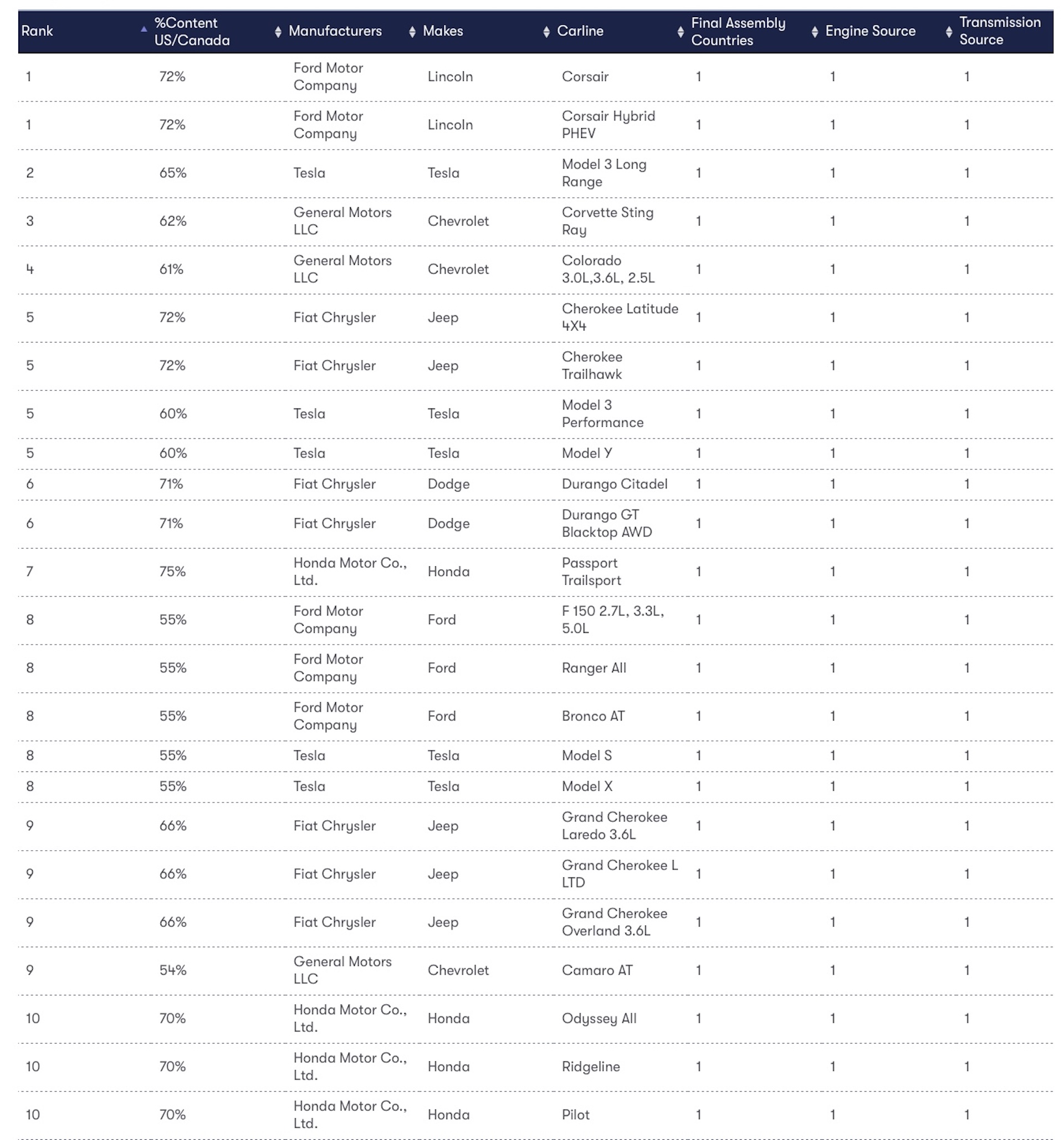Supporting local workers was easy when your grandpa was buying his first set of wheels. Cars from the Detroit big three were called “domestics” and guaranteed to have been built in North America, while “foreign” or “import” cars’ overseas origins were given away by their weird European or Japanese branding (and pocket-size engines).
But these days your domestic is just as likely to have been made in China and your import might actually have been born in South Carolina, while components bought in from overseas might make one U.S.-built car far less American than another. Which is is why the annual Made in America study from the Kogod School of Business is always an interesting read.
There have been some major changes in this year’s findings versus last year’s study, which named the Ford Mustang 5.0 the Most ’Murican car, unless you ordered it with the automatic transmission that dropped it to 10th. Still that’s better than the 22th place the latest car scores, a result of the manual ’box being sourced from Mexico.
Conversely, the Lincoln Corsair, which languished in 44th place in the 2021 table, takes top spot in this year’s study thanks to the majority of its components coming from either the U.S. or Canada. Five of Tesla’s car make the top 10, including the Model 3 Long Range, which snags second place, pushing last year’s #2-ranked car, the Chevy Corvette, to third.
Related: General Motors And LG To Increase Battery Production At Tennessee Factory
The Chevrolet Colorado comes in fourth, the Tesla Model Y, Jeep Cherokee and the same firm’s Latitude share fifth spot and so far it’s all sounding very American. But three Hondas – Odyssey minivan, the Ridgeline and the Pilot – all built in North America sneak inside the top 10.
Predictably, the bottom end of the table is occupied by “foreign” brands” like BMW and Audi, but cars with American-sounding badges like the Chevy Spark, Trax and Trailblazer, along with the Buick Encore and Envision are way down the rankings with them because they’re built in Asia.
Kogod places a large amount of emphasis on where a vehicle is built and from where its engine is sourced to come up with its overall American Made rating, but there are other criteria. Where the company is based, and where the profits end up, where a vehicle’s R&D takes place and the geographical origin of the transmission, body and electrical components also play a role in the final score.






